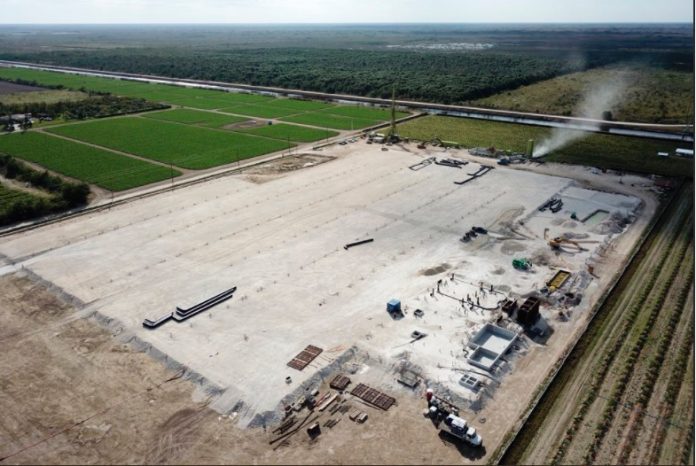Technologists around the world are ready for land-based aquaculture on a grand scale, and they’re willing to bet hundreds of millions on it.
“Tomorrow we cross the Rubicon,” Julius Caesar said on the eve of Rome’s civil war. Indeed, the time had come.
Now or never.
Some times, you arrive at point where a decisive path must be chosen. For the two Norwegian salmon farmers, Atlantic Sapphire and Nordic Aquafarms, that point has already been crossed.
The decision has been made.
They’re putting hundreds of millions of dollars in land-based salmon aquaculture in the world’s largest market for salmon, the United States. Those millions are an obligation. The die is cast. It’s boom or bust.
Policy outcome
It’s the Norwegian aquaculture industry and the financial markets’ answer to Oslo’s production curbs at home in Norway. The growth in demand for salmon won’t stop for temporary hindrances on the supply side. Challenges are there to be overcome.
It’s a magnificent example of reflagging elsewhere. It isn’t tankers flying foreign flags. It’s aquaculture installations. Neither capital nor knowhow recognize national borders. If the return on every invested dollar yield higher returns in the U.S., then, well, you invest there. One of the irrelevant side effects of this for companies is the further watering down of Norway’s market share in the salmon market.
READ Going west: Norwegian investors eye U.S. growth
READ Atlantic Sapphire wows with Salmon City video
Domestic hike
Nordic Aquafarms and Atlantic sapphire aren’t in this for trifles. Together, they’re targeting 123,000 tonnes of yearly salmon production, if they go through with all their announced building stages. It’s a significant investment that could yield a six-fold increase in U.S. domestic salmon production.
Seen as a whole, it could challenge an established player like SalMar, the world’s fourth largest salmon farmer.
Discount
SalMar’s market value today is USD 3.14 billion. Atlantic Sapphire and Nordic Aquafarms aren’t price quite so high. Should both companies complete the remaining stages of their building plans, it’ll cost them USD 1.2 billion.
So, why the juicy discount?
First and foremost is because the two newcomers still have no fish in their facilities. They don’t know if they’re going to earn any money. But, they’re sure of success.
They’re so sure, they’re betting hundreds of millions of dollars.


